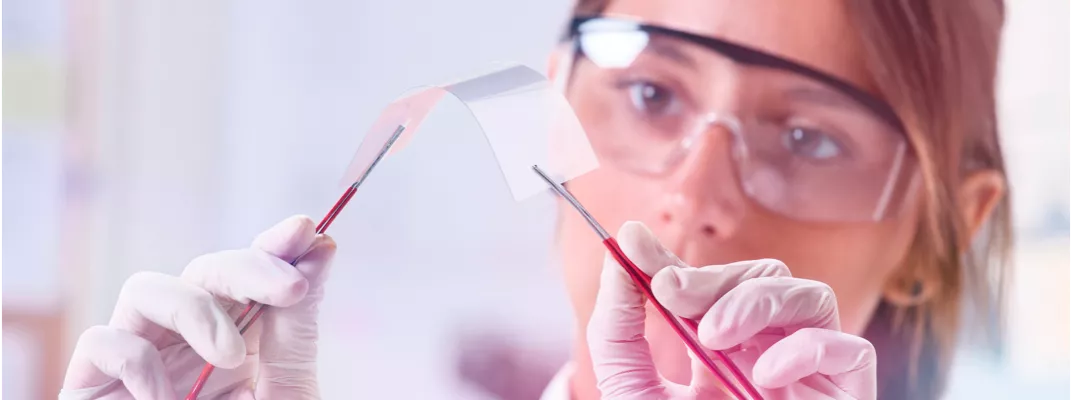

As part of its roadmap to carbon neutrality, AGC is focusing on switching to new key technologies, sustainable raw materials, alternative energies and increased glass recycling to avoid process-related as well as indirect emissions. Following advanced testing and successful production trials, the company will be producing a new low-carbon glass range, with the possibility of delivering the first orders by the end of 2022.
AGC’s roadmap to carbon neutrality
AGC has already announced its commitment to carbon neutrality by 2050 and its interim target to reduce direct and indirect CO2 emissions by 30% by 2030*. The roadmap for achieving this goal as well as reducing indirect CO2 emissions includes a raft of actions for the coming years, based on an integrated approach – from research and development, sourcing and production, moving through the entire supply chain and transportation, and closing the loop according to the Cradle to Cradle approach.
*Emissions scope 1, 2 and 3 compared to 2019. For more info: https://www.agc.com/en/news/pdf/20220610e.pdf
“Achieving carbon neutrality requires a holistic transformation of our glass production,” says Davide Cappellino, President of AGC Architectural Glass Europe & Americas Company. “This ranges from sourcing and using sustainable raw materials and increasing cullet content, to the way the glass is melted using new technologies, alternative energies and a growing share of renewable electricity – without overlooking the design and use of our products to optimise the climate benefits they bring during their lifetime.”

First low-carbon glass range
The implementation of combined measures at several recently upgraded furnaces has made it possible to reduce the carbon footprint of part of the Group’s production. “I am very proud to announce that, with our continued progress in decarbonisation, AGC will launch its first low-carbon glass product range by the end of 2022,” says Cappellino. “This represents a key milestone in our roadmap to carbon neutrality.”
Background: AGC’s commitment to sustainable building
For many years, AGC Glass Europe has dedicated 50% of its R&D budget to researching sustainable products and solutions that will make its environmental footprint climate-positive in the future. To this end, AGC evaluates the sustainability of its extensive product range using a holistic approach based on three pillars with a proven track record:
- Environmental Product Declarations (EPDs) and Life Cycle Assessments: AGC Glass Europe’s EPD journey began in 2009 with the publication of the first EPD for float glass. Today, most AGC products are covered by EPDs.
- The company’s carbon footprint: AGC’s first carbon footprint calculation was carried out in 2009 and repeated every three years until 2020. The footprint is now calculated annually in order to track progress on the carbon roadmap more transparently. Currently, for every tonne of CO₂ emitted by AGC Glass Europe’s activities, over nine tonnes of CO₂ are saved through the use of energy-efficient products.
- Cradle to Cradle for environmental certification of products: In 2010, AGC became the first European glass manufacturer to receive Cradle to Cradle certification for float glass and magnetron-coated glass. Today, AGC offers the largest portfolio of Cradle to Cradle Certified® products.

